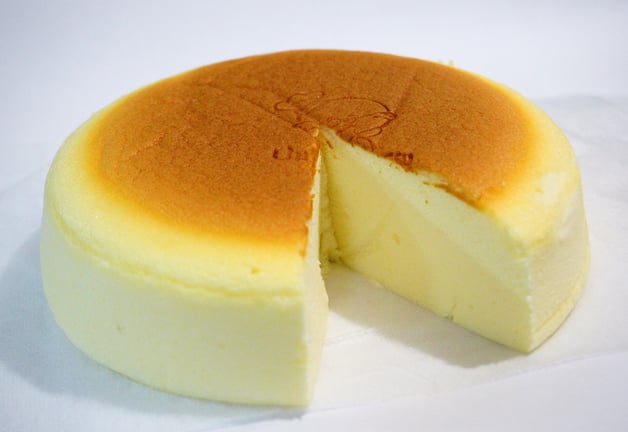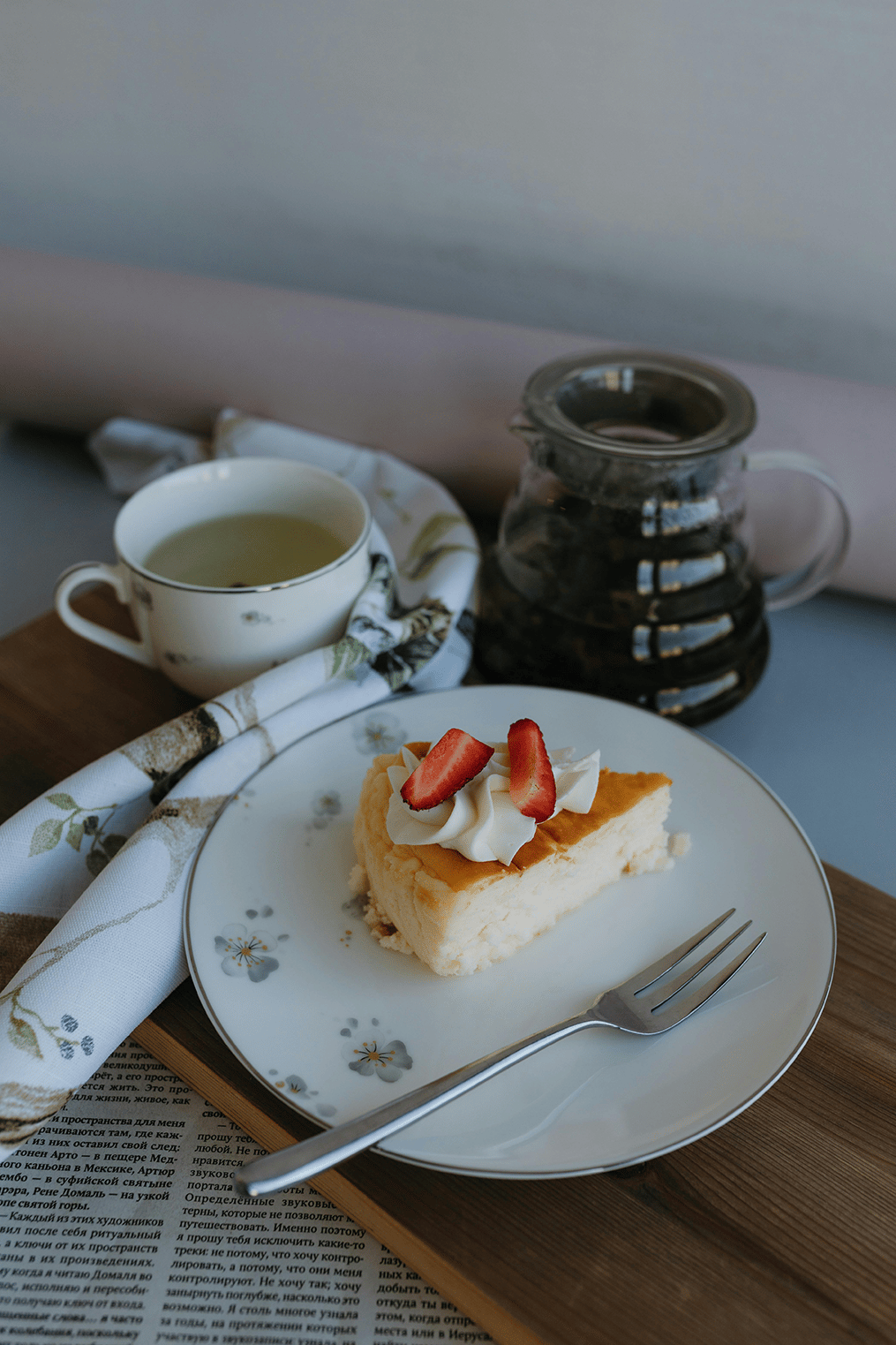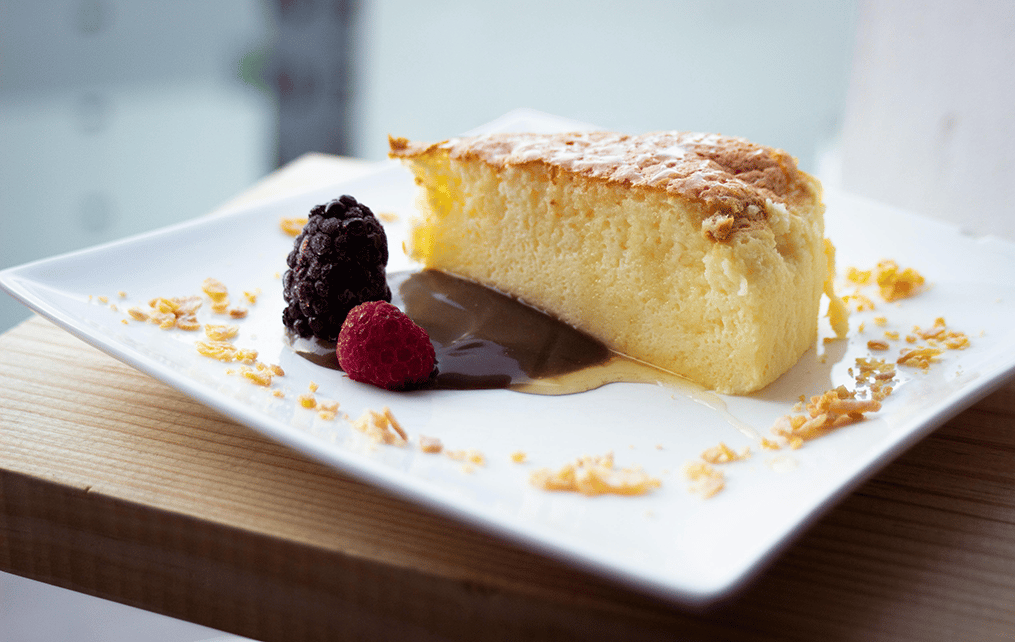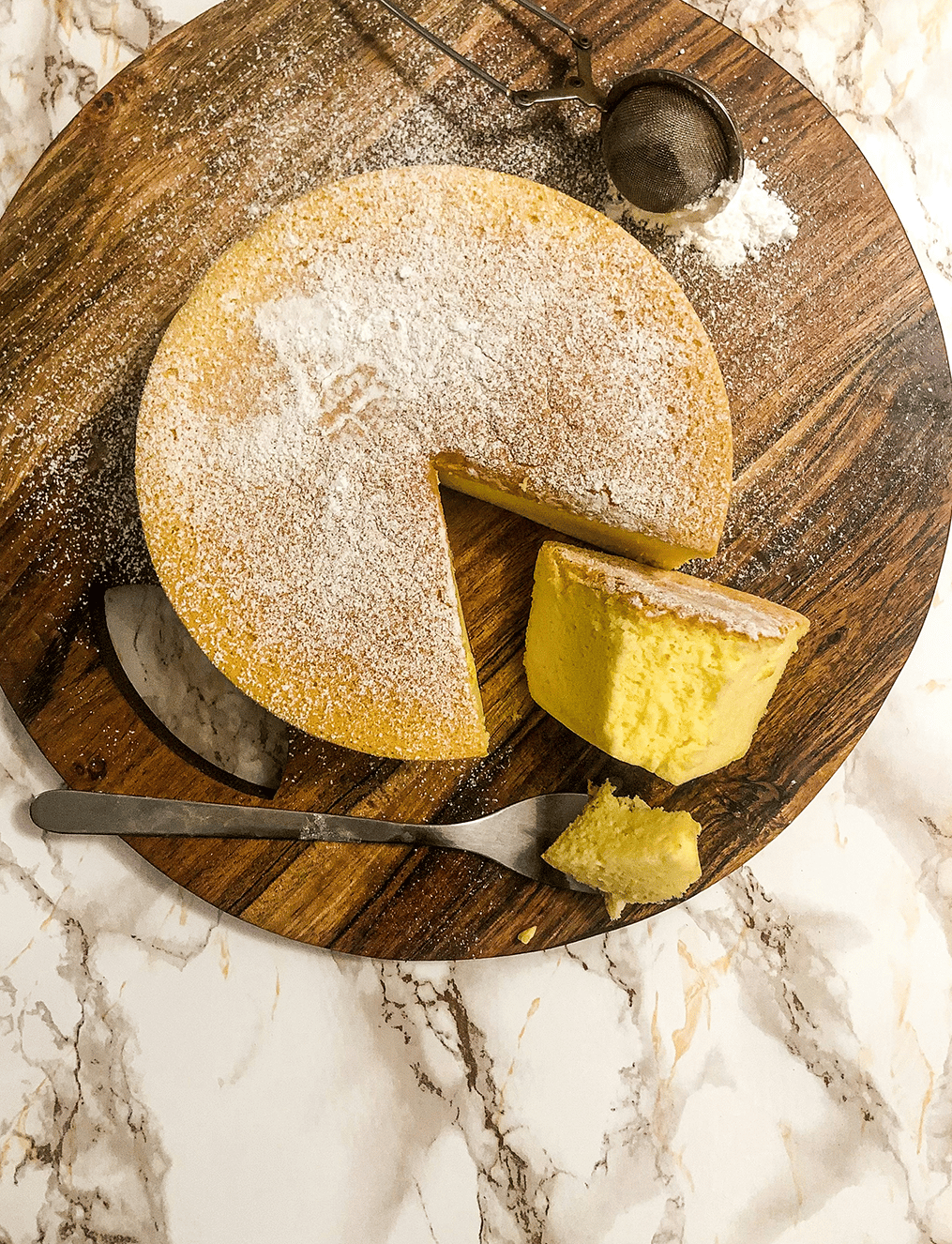- Home
- Articles
- quick sweet recipes: Spend Your Day Following This Detailed Guide And Make The Perfect Japanese Cheesecake
: If you are curious about different varieties of desserts, then you should definitely try making this dessert with this quick sweet recipe.

Japanese cheesecake is also called cotton cheesecake or souffle cheesecake, for its soft and bouncy texture. It's wobbly and airy and light to eat. It was created by Japanese chef Tomotaro Kuzuno, and has fewer calories than the Western cheesecake. So follow this quick sweet recipe to make your own Japanese cheesecake. We’re sure you’ll love it.
Ingredients:

- 5 eggs, at room temperature
- 1 gm cream of tartar
- 100 gm sugar, divided
- 225 gm cream cheese, at room temperature
- 120 ml low-fat milk
- 55 gm unsalted butter, at room temperature
- 15 ml lemon juice
- 35 gm all-purpose flour
- 15 gm corn starch
Directions:

- Line a pan with parchment paper. Set aside.
- Preheat the oven to 350°F or 177°C.
- Separate the eggs and place the egg whites in a mixing bowl and the yolks in a cup.
- Beat the egg whites with a handheld mixer or a stand mixer with a paddle attachment. Beat until foamy.
- Then add the cream of tartar and beat until the egg whites start to thicken.
- Now gradually add the sugar, one spoon at a time. Add one spoon, beat it until thoroughly incorporated, and then add another spoon and so on. Continue beating until the egg whites reach soft peaks. Set aside.
- In a bowl, add the cream cheese. Start adding the milk, a little at a time. Beat thoroughly and then add more of the milk, until fully incorporated. Then add the butter, remaining sugar and lemon juice and mix until smooth and creamy. Now add the flour and cornstarch and mix until fully incorporated. Finally, add the egg yolks and mix.
- Now strain the batter into another using a sieve.
- Add the egg whites and gently fold it into the batter.
- Pour the batter into the prepared pan and hit it against the kitchen counter to make it even and remove any air bubbles.
- Place the pan in a water bath, which is a larger pan filled with water. Place this in the oven and bake for about an hour. The exact time will depend on the machine you're using. You’ll know it's done when a toothpick inserted in the middle comes out clean. Then bake for another 10 minutes so that the top browns.
- Now turn off the oven and let it cool for an hour. Then remove from the oven and place in a plate. Refrigerate the cake for 4-6 hours.
- Top with fresh fruit, fruit puree or compote, chocolate or caramel sauce, whipped cream or ice cream, or leave it plain. Serve cold.
- Leftover cheesecake can be stored in the fridge for a week.
Notes, tips and tricks:

- The cream cheese and butter need to be at room temperature. If they are too cold then they wont mix properly and the batter will be lumpy. If you heat it then it will melt and the batter will become too runny. So before you start baking, leave the ingredients out at room temperature for about an hour so it can reach room temperature, and then use.
- Eggs are easiest to separate when they are cold. So separate them but leave them out at room temperature. The egg whites are best beaten at room temperature so they can be fluffy in texture.
- When adding the egg whites into the batter, fold it in instead of beating or vigorously mixing, since that will deflate the egg whites. Just fold the batter onto it, starting from the sides and topping on the middle and so on.
- If the cake starts to crack on top, the heat is too much or the cake is too close to the heat. Be mindful of these before you start baking. If you cake has cracked, it's okay, but keep this in mind for the next time.
- The cake will shrink slightly after cooling. This is normal. Instead of bringing the cake out as soon as it is done baking, let it continue to sit in the oven once turned off. This will stop the cake from deflating too much.
- Before serving, remember to refrigerate the cake for at least 4 hours. The cold causes the cream cheese to set properly and that improves the flavor and texture of the cake.
More Like This
Popular Articles

Fluffy Coconut Cake Recipe Packed with Shredded Coconut Goodness
3 mins
Mar 10, 2025

How to Make Chocolate Cheesecake Without an Oven
3 mins
Mar 3, 2025

How To Make Creamy Milk Pudding In Just 7 Simple Steps
4 mins
Mar 2, 2025

How to Make the Perfect Biscoff Cake in Just Easy Steps
4 mins
Mar 1, 2025

Tips and Tricks for Baking the Perfect Blueberry Muffins
3 mins
Mar 1, 2025
Trending Web Stories
Curated Recipes

Bournville Korean Chocopie
31 minsmedium

Bournville Mini Carrot Cake
60 minsmedium

Bournville Chocolate Pecan Bark
21 minseasy

Dairy Milk Hot Chocolate Cupcakes
55 minseasy

Dairy Milk Chocolate Pecan Brownie
32 minseasy











